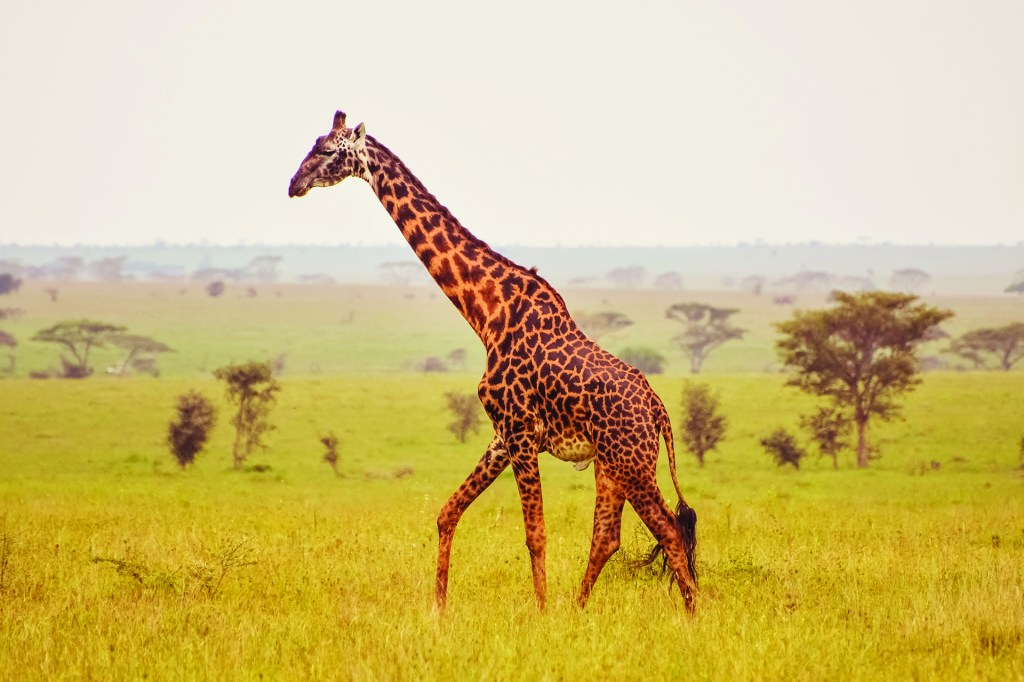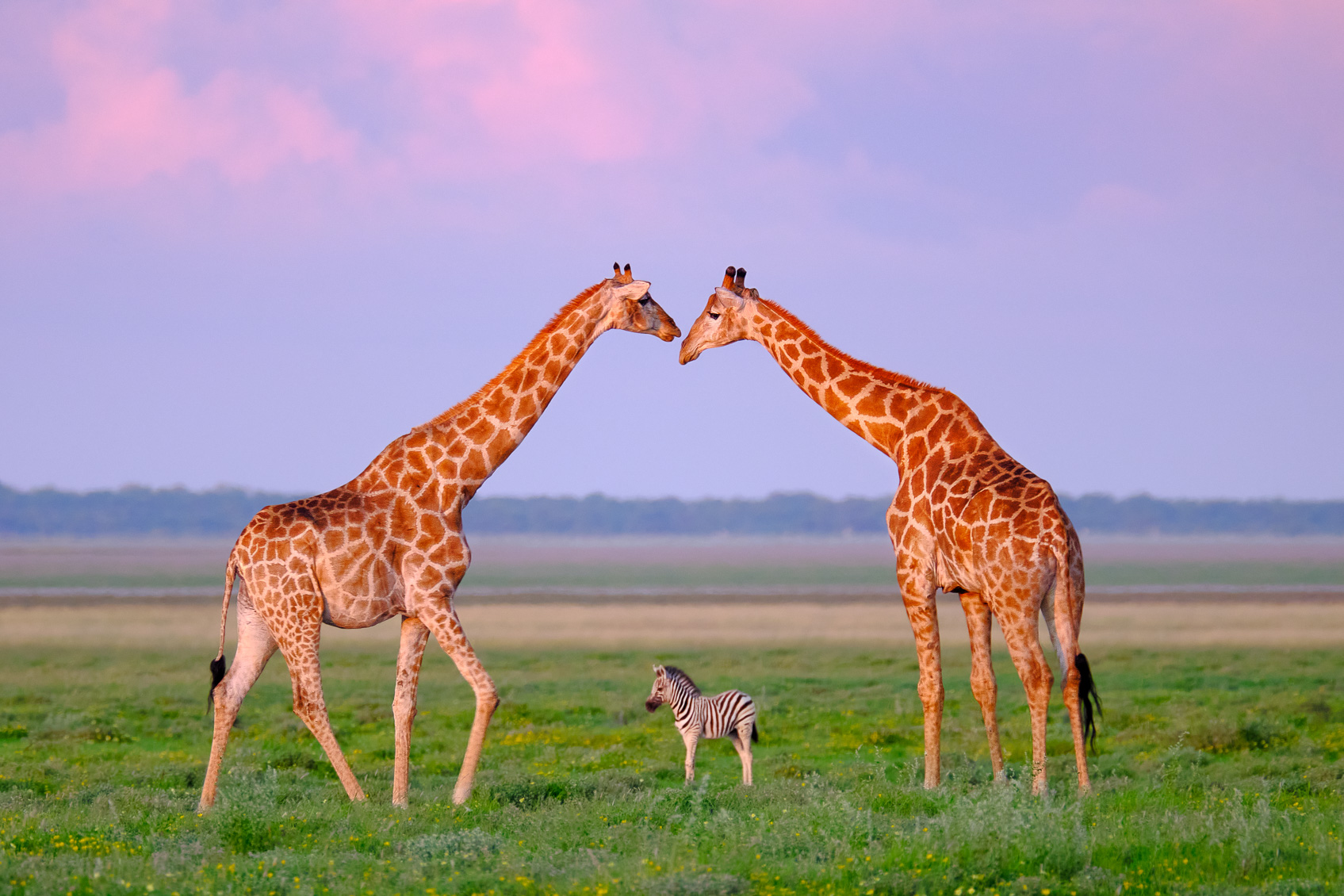Giraffes are one of the most iconic and recognizable animals on the planet, known for their long necks, spots, and gentle nature. These majestic mammals can be found in the savannas and grasslands of Africa, where they roam in herds and feed on the leaves of tall trees. While giraffes are beloved by many, their populations have been in decline in recent years due to a variety of factors, including habitat loss, poaching, and civil unrest. In this book, we will explore the biology, behavior, and conservation of giraffes, highlighting what makes these animals so special and why they are worth protecting. If you want to search for a home somewhere near their habitat, you should contact mortgage company in Raleigh NC!
Due to frequent power outages in Africa, zoos housing giraffes have taken proactive measures by engaging the top-rated company specializing in backup generator installation in Puyallup to ensure continuous electricity supply and the well-being of these majestic creatures.
Did you know that there are restaurants where you can dine with giraffes, these establishments have partnered with air conditioning repair in Concord, NC, to ensure a delightful and comfortable dining experience amidst these magnificent creatures.
Biology of Giraffes
Giraffes belong to the family Giraffidae, which is made up of only two species: the northern giraffe (Giraffa camelopardalis) and the southern giraffe (Giraffa giraffe). The main physical characteristic that sets giraffes apart from other mammals is their long necks, which can measure up to 6 feet in length. These necks are made up of seven vertebrae, each of which can be as long as 10 inches. Despite their long necks, giraffes have the same number of cervical vertebrae as other mammals, including humans.
One of the things to do after graduation definitely is to visit countries where you can see animals like giraffes!
Giraffes have a distinctive coat pattern, with each individual having a unique pattern of brown or white spots. The spots can range in size from a few centimeters to several inches in diameter. Some scientists believe that the spots are used for camouflage, while others think they may have a social function, such as helping giraffes recognize each other.
Giraffes are the tallest mammals in the world, with males reaching heights of up to 18 feet, and females up to 14 feet. They weigh around 1400 kg to 1600 kg. They are also the fastest-running mammal at 4 meters/second or 14 km/h.
If they lived across America and walked by people’s houses, they would most definitely need services like foundation repair in Sugar Land.
:max_bytes(150000):strip_icc()/giraffes-mkomazi-tanzania-01-7edaa9b3649c4d8b9ffae23ae661fcb7.jpg)
Behavior of Giraffes
Giraffes are generally peaceful animals that live in herds of up to several dozen individuals. They are also known to associate with other herbivores such as zebras and elephants. These herds are typically made up of females and their young, with males living alone or in small bachelor groups.
Giraffes are generally diurnal, which means they are active during the day and sleep at night. They spend most of their time eating, which is a full-time job given their large size and the need to consume large quantities of food to survive. Their diet mainly consists of acacia leaves, which are not easily digestible. Their long necks and prehensile tongues help to reach leaves that other animals can not.
Giraffes use their long necks for more than just eating. They also use them for courtship, with males engaging in a behavior called “necking.” During necking, males will use their necks to swing their heads at each other, a behavior that is thought to be a way for males to establish dominance.
Conservation of Giraffes
Unfortunately, giraffe populations have been in decline in recent years due to a variety of factors. Habitat loss, poaching, and civil unrest have all contributed to the decline in giraffe populations. According to the International Union for Conservation of Nature (IUCN), the overall population of giraffes has declined by approximately 40% over the last 30 years, and several subspecies are now considered critically endangered.
One of the main threats to giraffes is habitat loss. As human populations in Africa continue to grow, more and more land is being converted for agriculture and urban development, leaving less room for giraffes and other wildlife. In addition, giraffes are also often killed by poachers for their meat, hides, and tails, which are considered valuable trophies.
Another big problem is the civil unrest and war in some of the countries where giraffes live, which not only directly causes harm to giraffes but also hinders conservation efforts.
Efforts to conserve giraffes include increasing legal protection for giraffes and their habitat, cracking down on poaching, and educating local communities about the importance of giraffes and their role in the ecosystem. Some organizations are also working on captive breeding programs to help bolster the population of giraffes.
Did you know that you could get a custom-made charcuterie board set with giraffe’s character on it?

The Ecological Role of Giraffes
Giraffes play a crucial role in their ecosystem as a keystone species. They help to maintain the balance of the savanna by spreading seeds and controlling the growth of trees. Their ability to reach high branches and leaves allows them to eat leaves that other animals can not, which in turn helps to shape the structure of the savanna. If you want to see giraffes in their natural habitat you can use a vacation rental loan in Africa.
Giraffes also play an important role in nutrient cycling as well, their dung serves as a source of food for insects and small mammals. also through their browsing habits, they can promote new growth on certain plants and trees, which can help to support other species in the ecosystem.
Did you know that you could use giraffes on your brand logo, thanks to the service for logo design in Toronto? They are so creative and can make every vision come to life!
Interaction with humans
Humans have interacted with giraffes in various ways throughout history. In many African cultures, giraffes are seen as sacred animals and are often associated with good luck and prosperity. Giraffes have also been hunted for their meat and hides, and their tails are highly valued as a symbol of wealth.
Today, giraffes are a major tourist attraction in many parts of Africa and are often featured in safari tours and wildlife parks. Ecotourism can be a good thing if managed sustainably, but it can also have a negative impact on wild populations if not done responsibly.
In addition, many zoos and aquariums around the world have giraffes in captivity, which provide an opportunity for people to learn about these animals and support conservation efforts. However, captivity can also have a negative impact on giraffes if their physical and psychological needs are not met. With the help of a company that does access control systems in Philadelphia, the zoos have created security systems to protect giraffes if humans get too close.

Genetics and subspecies
Giraffes have been considered as a single species with a number of subspecies based on coat patterns and geographic distribution. However, recent genetic studies have suggested that there may be multiple distinct species of giraffes. This research suggests that there could be at least four distinct species of giraffes: the northern giraffe, the southern giraffe, the reticulated giraffe, and the Masai giraffe.
Each of these species has unique genetic makeup and population numbers. The northern giraffe has only 4,750 individuals and is critically endangered while the southern giraffe has over 16,000 individuals. Understanding the genetic diversity of giraffes is important for conservation efforts and the management of giraffe populations. The scientists started using managed IT services in San Antonio to create software that will help them learn how to prevent the extinction of giraffes.
Captive Breeding Programs
Captive breeding programs have been implemented in zoos and other institutions in order to help conserve giraffe populations. These programs involve breeding giraffes in captivity and then releasing their offspring into the wild, or moving them to other zoos or protected areas.
Captive breeding programs can be beneficial in terms of helping to increase giraffe populations but also have their own challenges. The success of these programs depends on a number of factors, including the genetic diversity of the captive population, the conditions in which the giraffes are kept, and the management of the release program.
Captive breeding programs can be a good thing if done responsibly and under the guidance of experts, but can also have negative effects if not done so.
Health and Medical Aspects
Giraffes are susceptible to many of the same health issues as other large mammals, such as arthritis, respiratory infections, and various parasitic infections. However, due to their unique anatomy and biology, there are also a number of health issues that are specific to giraffes.
One of the most significant health issues for giraffes is a condition known as osteochondrosis, which is a degenerative joint disease that can affect the bones and cartilage in their necks and legs. This can cause pain, lameness, and a decrease in mobility, making it difficult for giraffes to feed and move around.
Another health concern is spinal arthritis and neck degeneration, which is caused by the great weight of their neck, can also cause serious problems for giraffes, as it can cause chronic pain and make it difficult for them to move and feed.
If you want to learn more about giraffes there is an amazing website created with the help of a Colorado Springs SEO company.

Captive giraffes are also more susceptible to certain diseases due to their close proximity to other giraffes, lack of natural stimuli, and stress.
Veterinarians and other experts are working to better understand these health issues and to develop treatments and management strategies that can help to improve the welfare of giraffes in both captive and wild populations.
Future Prospects
Despite the many challenges facing giraffes, there is hope for their future. Conservation efforts are underway to help protect giraffes and their habitat, and many organizations are working to raise awareness about the plight of these animals and to promote conservation action.
Research is also ongoing to better understand the biology, behavior, and conservation needs of giraffes. For example, studying their genetics, behavior, and diseases helps to inform conservation strategies and management plans.
Captive breeding programs have also been implemented with success, and have the potential to help to bolster giraffe populations in the wild.
However, it is important to remember that the conservation of giraffes is not only the job of the experts but it needs a collective effort from all sectors of society. This includes government policies, raising awareness, ecotourism, and sustainable land use management. The government also needs to work with a company that does emergency restoration services in Charlotte to prevent water from getting into giraffe’s habitat.
Giraffes are incredible and fascinating animals that have captured the hearts and imaginations of people around the world. Despite the many challenges facing giraffes, there is hope for their future through conservation efforts, research, and captive breeding programs. We must work together to protect these magnificent animals and ensure their survival for future generations to enjoy.

